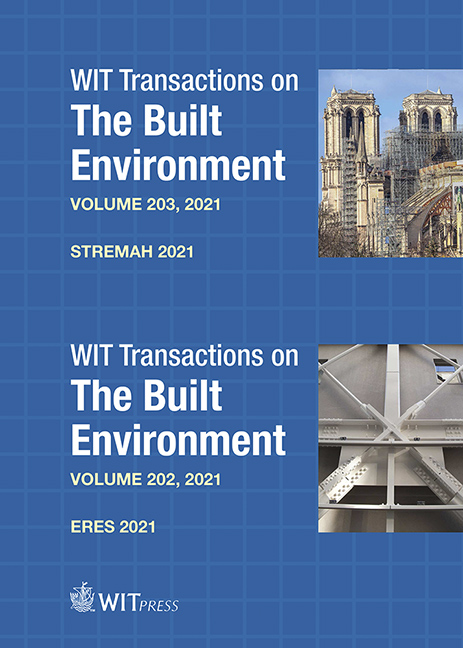CAPITAL MODEL PRISON: A POLITICAL TOOL FOR GOVERNMENT POWER
Price
Free (open access)
Transaction
Volume
203
Pages
13
Page Range
215 - 227
Published
2021
Size
1,173 kb
Paper DOI
10.2495/STR210181
Copyright
Author(s)
WEIQI CHU
Abstract
Beijing Prison, also known as Capital Model Prison, was China’s first modern prison built after the Republic of China was established in 1912, and functions still as a model of national prison reform. Before its construction, China’s prisons were generally regarded as punishment centers. New prison design sought to indoctrinate prisoners and allowed the incarcerated to remain in limited contact with the outside world. The new government introduced modern architectural layouts, incorporating European architectural features while retaining Chinese architectural characteristics. The Qing government originally built this prison to perpetuate class rule, but the Republic of China government refined and adapted it to popularize politics. As a dictatorship tool it served the ruling class, although this did not necessarily rule out its positive contributions to political and historical change. This research explores why the prison was built and describes its intended purpose. It also considers the prison’s spatial layout, and its potential to serve as a model for a new generation of Chinese prisons. In particular, it shows how its establishment enabled the government to popularize new ideas during changing historical periods, highlighting the prison’s influence on society and culture, and its underlying exemplary symbolic significance.
Keywords
architectural, political, Capital Model Prison, transformation, culture, social




